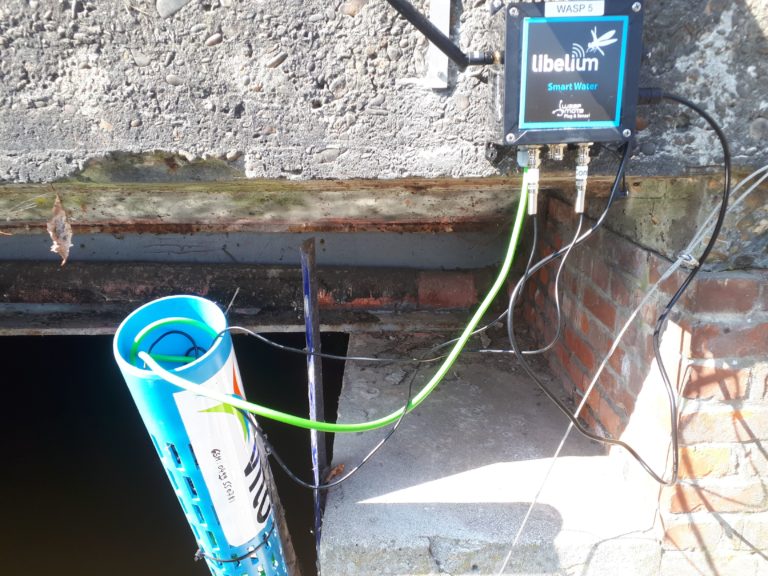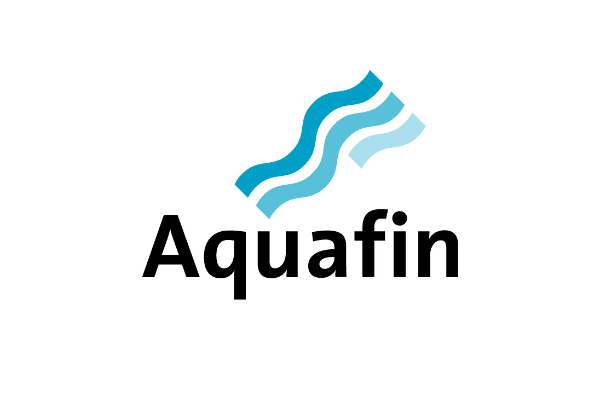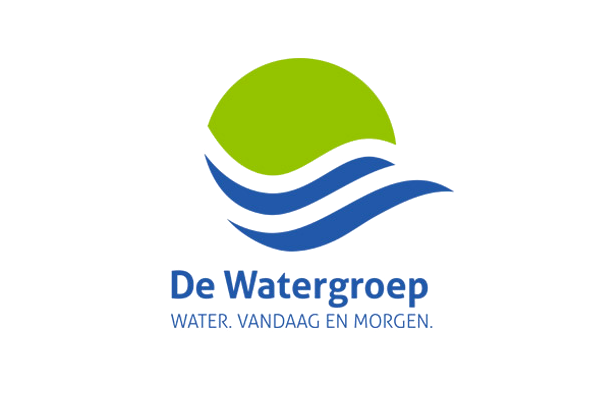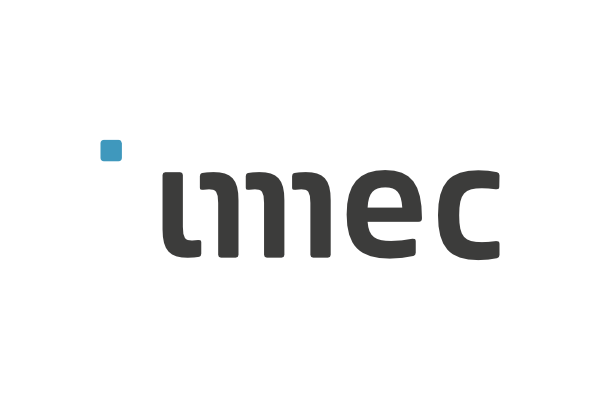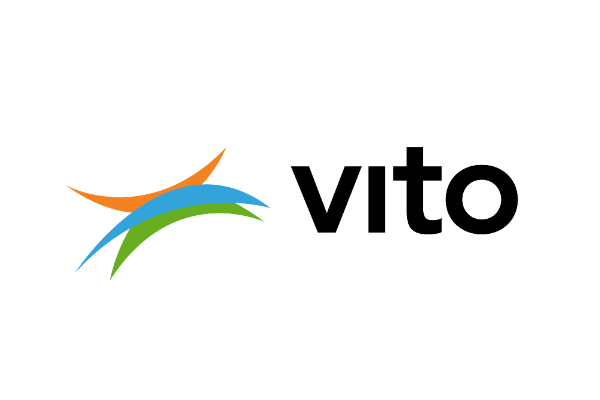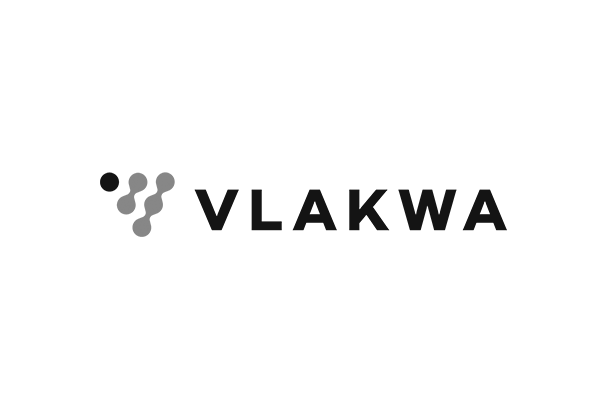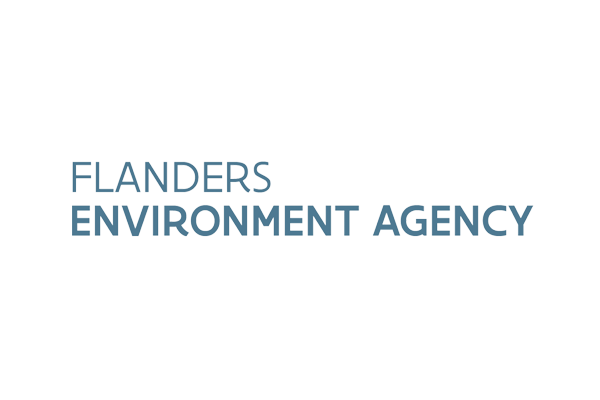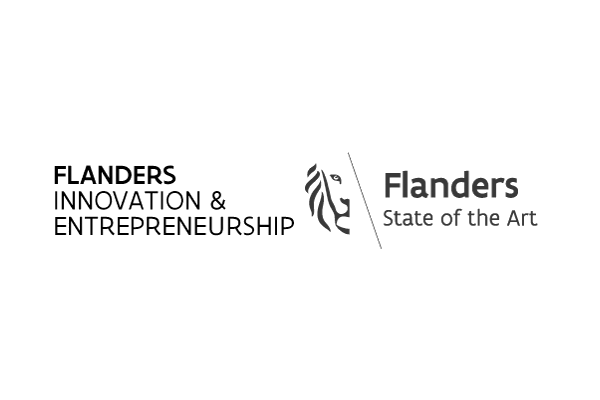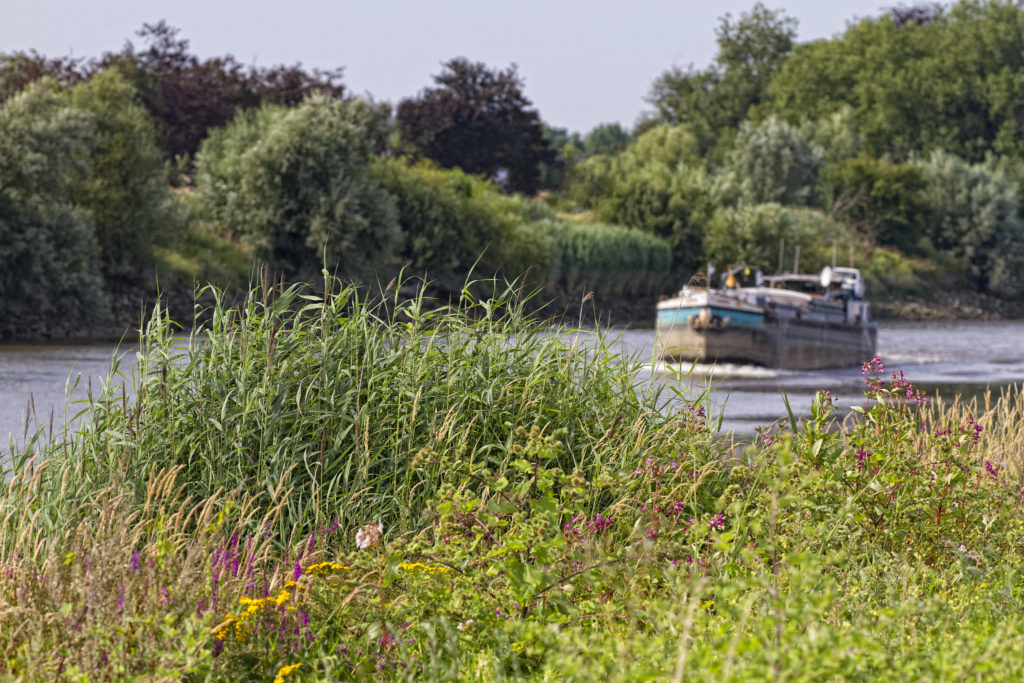
The Internet of Things technology and the self-learning algorithms and hydrological models that will use the real-time data have a huge potential for future developments and are complementary to the current monitoring with scoop samples and multi-parameter probes. imec takes the monitoring of various aspects of water quality in Flanders to the next level. Koen Triangle, who coordinates the project for imec, outlines the potential of the research project and its importance for Flanders.
The reality in Flanders
“Securing a sufficient flow of high-quality water is a universal challenge,” says Koen Triangle, project manager City of Things at imec. “Our society is facing a variety of challenges as a result of climate change, with the impact on our water management being an important one. And, judging the increasing periods of lengthy droughts and – on the contrary – of exceptionally heavy rainfall, one that is not likely to go away.” Water is also an economic reality. According to a report from VLAKWA, the Flemish Knowledge Centre for Water, one in every six jobs in Flanders is dependent on a good supply of water being available at an acceptable price. Partly because of this, substantial efforts are already put into water-quality monitoring. Koen Triangle: “In no way, IoW Flanders wants to underestimate the already ongoing efforts. There are already numerous parties involved in measuring the water quantity and quality in Flanders. And in many cases, the available knowledge provides ample and useful insights. Yet, the existing methods also have their limitations.”
For instance, water quality measurements are only taken periodically and not very often. And these readings usually involve taking manual scoop samples that are analyzed offline or in a lab. In the relatively few places where sensor systems are used, the devices tend to be very powerful multi-parameter probes, which are very expensive.
Especially in the context of policy making, correct decisions often need to be taken or explained quickly. Because there is a lack of real-time and fine-grained data, the required and most up-to-date information is not always available. Think, for example, of when the authorities have to decide on water consumption based on the quality of the water or during periods of drought. They may have to explain why water usage is being restricted in certain areas (due to quality considerations) whereas supplies still appear to be sufficient.
When it comes to water quality, use cases cover applications such as measuring water salinization (the salt content in fresh water) or the effect of run-off and discharges on surface water (for example when mixed wastewater from the sewers enters a watercourse in periods of heavy rainfalls in a short amount of time).
More, cheaper and real-time measurements
IoW Flanders focuses specifically on a more extensive and fine-grained network of sensors that are much less expensive than the existing systems, while at the same time offering real-time wireless communication and more flexible measurement capabilities (e.g. by allowing a remotely tunable measurement frequency).
In total, more than two thousand sensors measuring various aspects of water quality are to be gradually rolled out across the whole of Flanders; in drainage systems, water treatment plants and ground and surface water.
Self-learning algorithms and hydrological models will also assist in processing all relevant data and their translation into actionable policy information. The output of those algorithms will for instance soon enable all kinds of water-related decisions to be based on solid fundamentals, such as surface-water management, water intake from a particular water source, supply and re-use of treated wastewater and rainwater, re-using effluent for irrigation, pumping water into channels, setting up water- buffer basins, and so on.
Koen Triangle: “We have divided the project into two main phases. During the first two years, the focus will be on making inventories and on research development and testing of measurement methodologies and technologies. During the final two years, we will use the insights gained to implement the sensors and enabling solutions on a large scale across Flanders.”
Strength through collaboration
The IoW Flanders project is supported by funding from Flanders Innovation and Entrepreneurship (VLAIO) and is being executed by the IoW Flanders consortium.
Koen Triangle: “As the manager of Flemish watercourses and operationally responsible for the water-basins secretariat, the Flanders Environment Agency (VMM) already has a detailed overview of the water quality and the impact of pollution. Their knowledge of the existing methodologies of the various monitoring networks is essential for the project. Because of this knowledge, VMM helps to determine the locations of the sensors and offers input for their development. Also, VMM brings previous experience of sensor rollouts in Flanders to the project.
“As a technological research organization, VITO has a lot of knowledge about data and predictive models. As well as good insight into water-related needs and use cases., Knowledge that will be combined to select the best possible locations for the sensors. Also, VITO brings its experience to the table in terms of cloud- and IT setup.
“As the initiator and facilitator in the domain of water, the Flanders Knowledge Center Water, (VLAKWA), manages the interactions with the various stakeholders ensuring that the sensor network can be deployed with optimal effect on the various societal ambitions set forward within the project. VLAKWA also manages the IoW Flanders branding and ensures a timely and effective flow of information towards relevant stakeholders.
The other partners, Aquafin and De Watergroep, will act as the initial end users of the generated data. Also, they provide valuable insights for the sensors and their locations, building on learnings from . various rollouts of IoT sensors and on a clear view of the specific nature of their locations, which we need to take into account (safety, gas pipes, etc.). Last but not least, they have a huge amount of knowledge about water quality and the associated legislation.”
